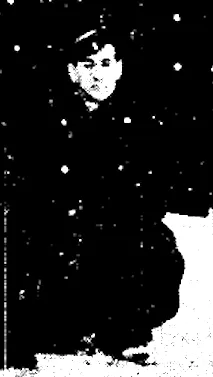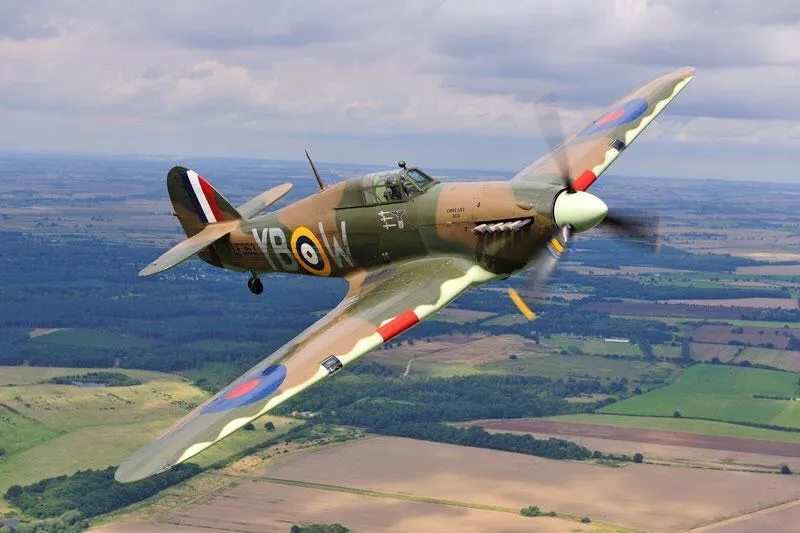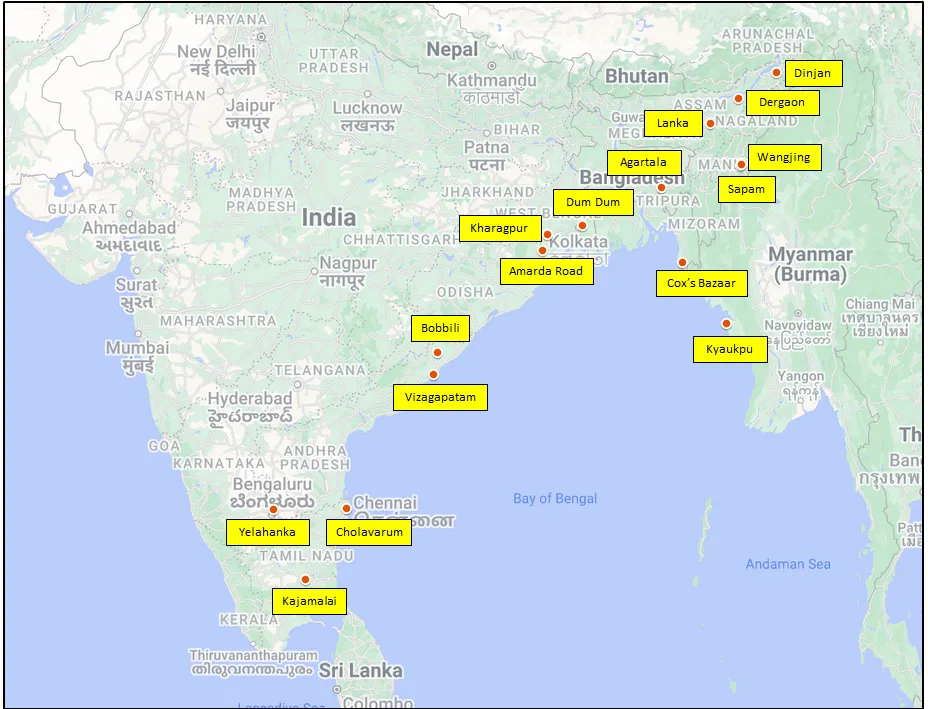Flying Officer Mendizabal was flying with No. 5 Squadron in Indiawhen he was killed while carrying practice gun attacks on Vengeances at the AFTU. On breaking away downwards, he pulled out of a dive, his aircraft hit a sand bank in the subarnarekha river near the Madras Line Railway bridge. The aircraft exploded immediately.
Flying Officer Mendizabal had previously flown with No. 232 Squadron. The squadron had arrived in Singapore during the Japanese invasion and was immediately thrust into action, flying from Seletar airfield  . Flying Officer Mendizabal was shot down on two occasions, in Hurricane BM903 on January 22, 1942, and 5 days later in Hurricane BG808. He was presumably then in the retreat of the squadron to Java .
. Flying Officer Mendizabal was shot down on two occasions, in Hurricane BM903 on January 22, 1942, and 5 days later in Hurricane BG808. He was presumably then in the retreat of the squadron to Java .




